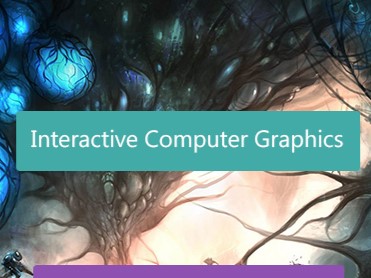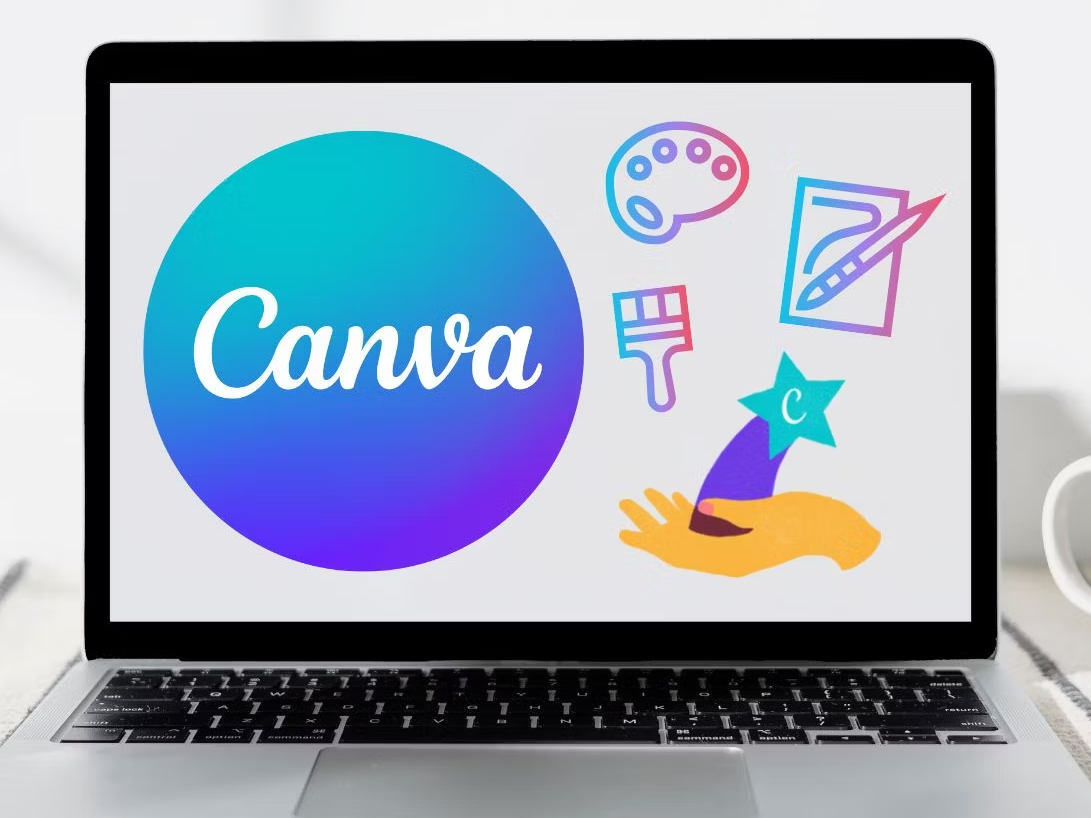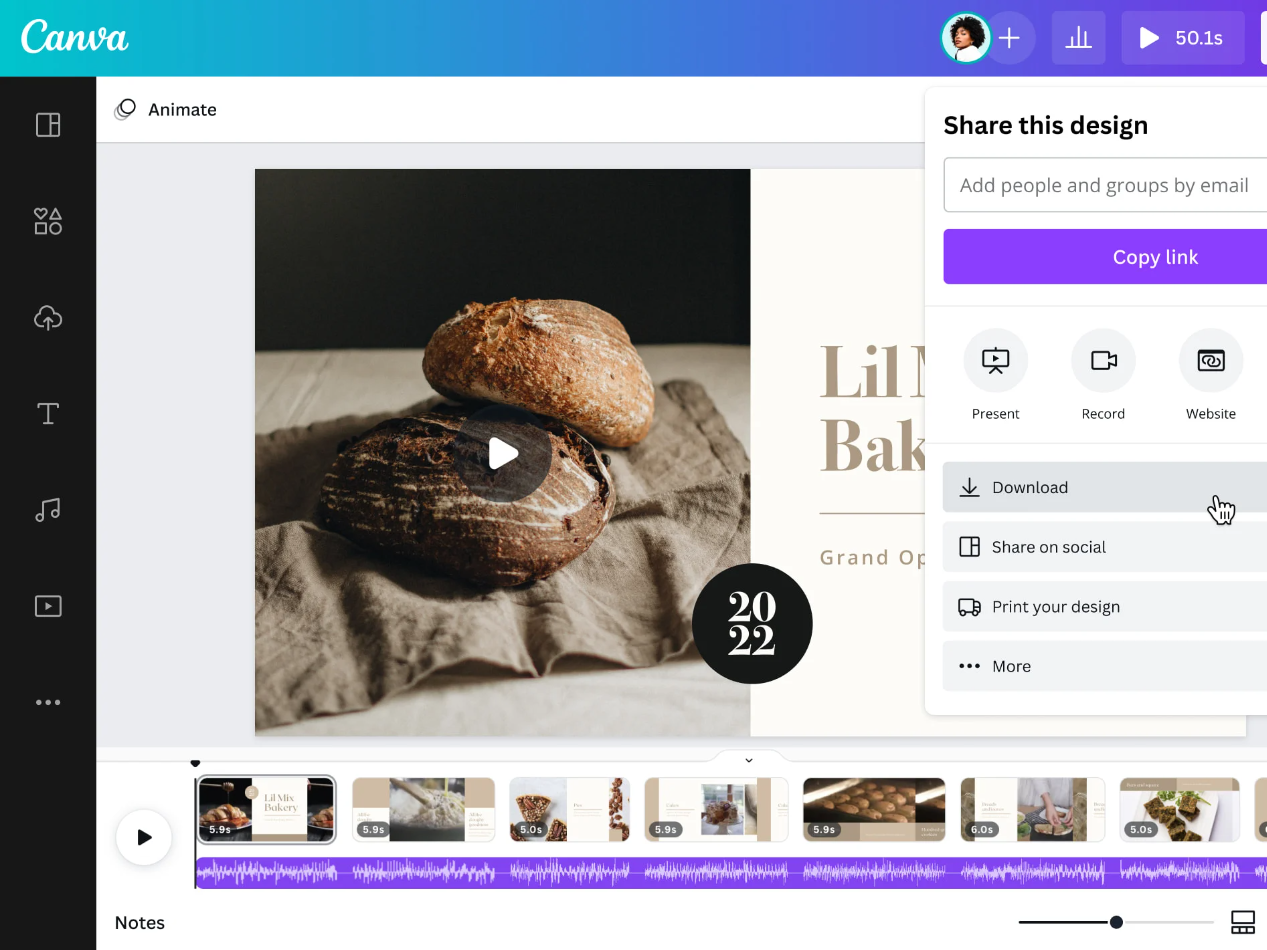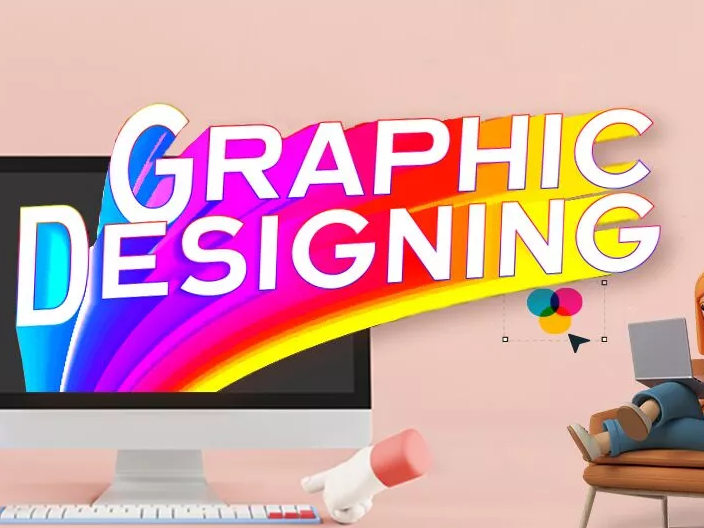Description
Welcome to the world of Interactive Computer Graphics! In this course, you will embark on a fascinating journey into the realm where art meets technology and imagination merges with computation. Interactive computer graphics is a multidisciplinary field that combines principles from computer science, mathematics, and visual arts to create immersive digital experiences, ranging from video games and virtual reality to data visualization and computer-aided design.
What you'll gain
Throughout this course, you will gain a deep understanding of the fundamental concepts, algorithms, and techniques that drive modern interactive computer graphics applications. You will learn to manipulate digital images, create three-dimensional scenes, render realistic graphics, and interact with virtual environments. By the end of the course, you will have the skills to develop your own interactive graphics applications and bring your creative visions to life.
Syllabus
Week 1: Introduction to Computer Graphics
- Overview of computer graphics
- History and evolution of interactive graphics
- Basic concepts: pixels, resolution, color models
Week 2: 2D Graphics Programming
- Introduction to 2D graphics APIs (such as OpenGL or DirectX)
- Drawing primitives: points, lines, curves, and shapes
- Transformations: translation, rotation, scaling
Week 3: Introduction to 3D Graphics
- Understanding three-dimensional space
- 3D modeling techniques: polygonal modeling, spline modeling
- Introduction to 3D rendering
Week 4: 3D Transformations and Viewing
- 3D transformations: translation, rotation, scaling
- Viewing transformations: perspective and orthographic projections
- Camera models and projections
Week 5: Lighting and Shading
- Basics of light and color
- Illumination models: ambient, diffuse, specular
- Shading techniques: flat shading, Gouraud shading, Phong shading
Week 6: Texture Mapping
- Introduction to texture mapping
- Texture coordinates and mapping techniques
- Texture filtering and mipmapping
Week 7: Graphics Pipeline
- Overview of the graphics pipeline
- Vertex processing
- Primitive assembly and rasterization
Week 8: Introduction to GPU Programming
- Introduction to GPU architecture
- Programming shaders: vertex shaders, fragment shaders
- Shader languages (such as GLSL and HLSL)
Week 9: Animation and Interactivity
- Basics of animation techniques
- Keyframe animation vs. procedural animation
- User interaction: mouse, keyboard, and touch input
Week 10: Advanced Topics
- Advanced rendering techniques: ray tracing, global illumination
- Real-time rendering optimizations
- Recent trends and developments in interactive computer graphics
Conclusion and Project Showcase
- Showcase of student projects
- Recap of key concepts and techniques
- Future directions in interactive computer graphics





Joshua –
As someone with limited prior knowledge of computer graphics, I found this course to be incredibly informative and accessible. The interactive elements, including interactive demos and coding assignments, helped me grasp abstract concepts more effectively. I now feel confident in my ability to apply these techniques in my own projects.
Hamza –
The instructor’s clear explanations and hands-on approach made complex concepts easy to understand. The interactive exercises were particularly helpful in solidifying my understanding of 3D rendering techniques.
Dahiru –
The curriculum covers a wide range of topics in computer graphics, from rasterization to ray tracing, and the interactive nature of the course kept me engaged throughout. The instructor’s expertise and enthusiasm for the subject were evident, making learning both enjoyable and rewarding.